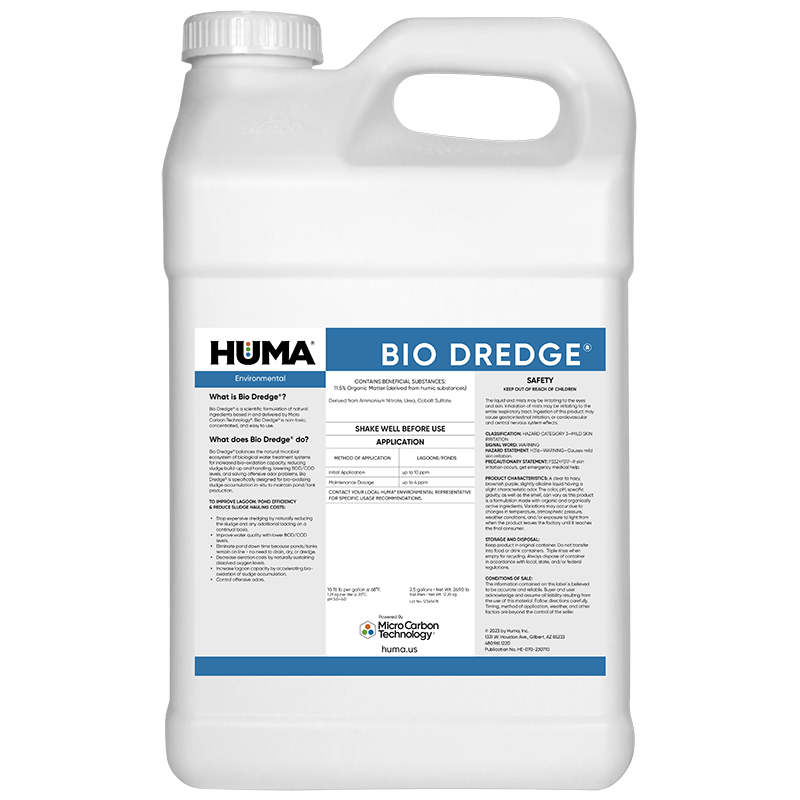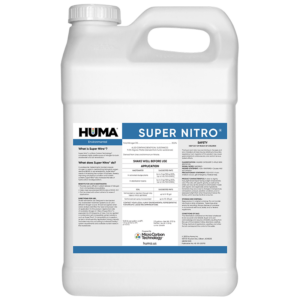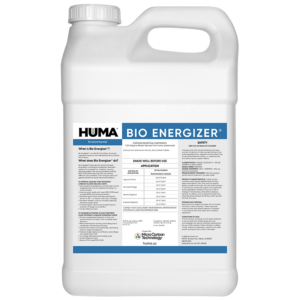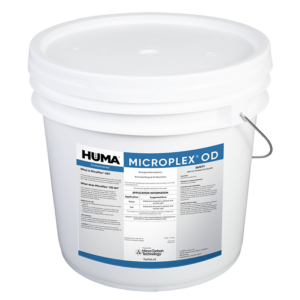Bio Dredge
Benefits of Use:
- Stop expensive dredging by naturally reducing sludge and any additional loading on a continual basis.
- Improve water quality with lower BOD/COD levels.
- Eliminate pond down-time because ponds/tanks remain on-line—no need to drain, dry, or dredge.
- Decrease aeration costs by naturally sustaining dissolved oxygen levels.
- Increase lagoon capacity by accelerating bio-oxidation of sludge accumulation.
- Control offensive odors.
FAQs
Related Products
Related Case Studies

Super Phos® Lowers Papermill Operating Costs in China
Problem The existing wastewater treatment system uses 600 kg/day of diammonium phosphate (DAP) to provide the needed phosphorus concentration to maintain a healthy microbial population to treat wastewater. These microorganisms break down the organic matter being discharged from the paper processing facility. Without the correct concentration of available phosphorus, the microorganisms are unable to grow...

Lagoon Study Shows Sludge Layer Biologically Active and Responsive to Reduction Using Bio Energizer®
Summary In this study, a one-year bioremediation plan was implemented for a municipal wastewater treatment facility with 2 primary lagoons that were at risk of upset and in which wastewater processing capacity was reduced due to an increased sludge layer. Specific changes in strata microbial life were tracked through ATP and DNA analysis at quarterly...

Bio Energizer® Toxicity Testing
Abstract Bio Energizer® is frequently used to facilitate bioremediation of wastewater. A study was conducted by an independent laboratory to measure possible negative effects Bio Energizer® might have on a freshwater test species (rainbow trout). Using EPA-approved methodology to evaluate Bio Energizer®, the lab administered the product at 10 ppm to a test tank and...
Related Blog Posts

It’s ALIVE!
by Heather Jennings, PE . . . the lagoon sludge layer, that is. I’ve seen many lagoons full of sludge, and the general attitude I find in the water industry is that the sludge layer is inert and really can only be mechanically dredged. To a certain point, that is correct: sand, soil, grit, plastics—basically...

Webinar Video: Lagoons Under the Surface
Webinar video highlights key findings—including $6M in savings—from a year-long bioremediation program for lagoon sludge reduction at a municipal wastewater treatment plant. In this 31-minute video, Heather Jennings, PE, Director of Probiotic Solutions®, and Diego Lopez, Chief Plant Operator for the City of Lemoore, Calif., Wastewater Treatment Plant discuss highlights from the year-long study of...

California Approves First 8 Fertilgold Products for CDFA-OIM Status
The California Department of Food & Agriculture (CDFA) has registered 8 Fertilgold® Organics products as Organic Input Materials (OIM) that can be sold in the state. Those products include the following: secondary macronutrients Fertilgold® Ca and Fertilgold® Mg, and micronutrients Fertilgold® B, Fertilgold® Co, Fertilgold® Mo, Fertilgold® MoN, Fertilgold® Zn, and Fertilgold® Micros I (which...






